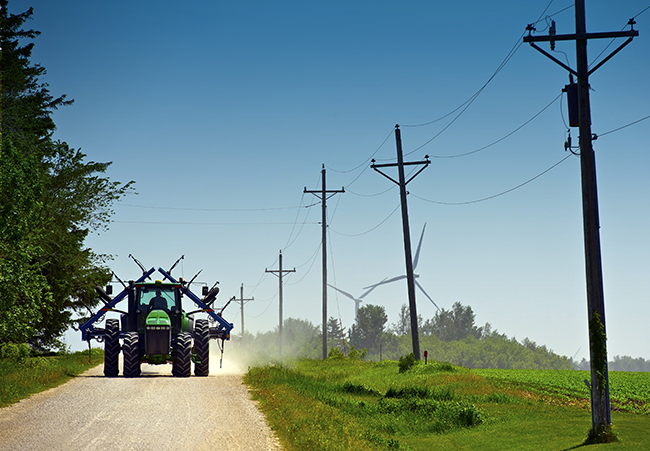Implementing the County Weed Control Plan
Table of Contents
Most counties that execute their weed control plan in-house do so with the following parameters:

In-house county staff are attuned to the wants and needs of the farmers, landowners, gardeners, beekeepers, prairie enthusiasts, and others in the community. This can make for a smoother implementation of the weed control plan. one full-time employee for much of the summer
- two seasonal employees
- one primary spray rig
- $15,000–$30,000 spent on chemicals each year (as of 2024)
- at least half of the county roadsides are managed for weeds each year; often, one-half of the county will be managed one year, then the other half the following year
- herbicide applicator licenses and certifications maintained
- proper herbicide storage
- proper disposal of herbicide containers
- awareness of the latest developments in herbicide and sprayer technology
The benefits of providing in-house county weed control include:
- The county has control over how roadsides are managed. Sensitive areas such as gardens, bee hives, organic farms, prairie remnants, and roadside wildflowers can be protected.
- Having someone on staff who can apply herbicides and effectively control weeds is a great asset for roadside managers and county conservation staff.
- When the person executing the plan lives in the county, personal pride and accountability become part of the equation, resulting in a more conscientious effort.


